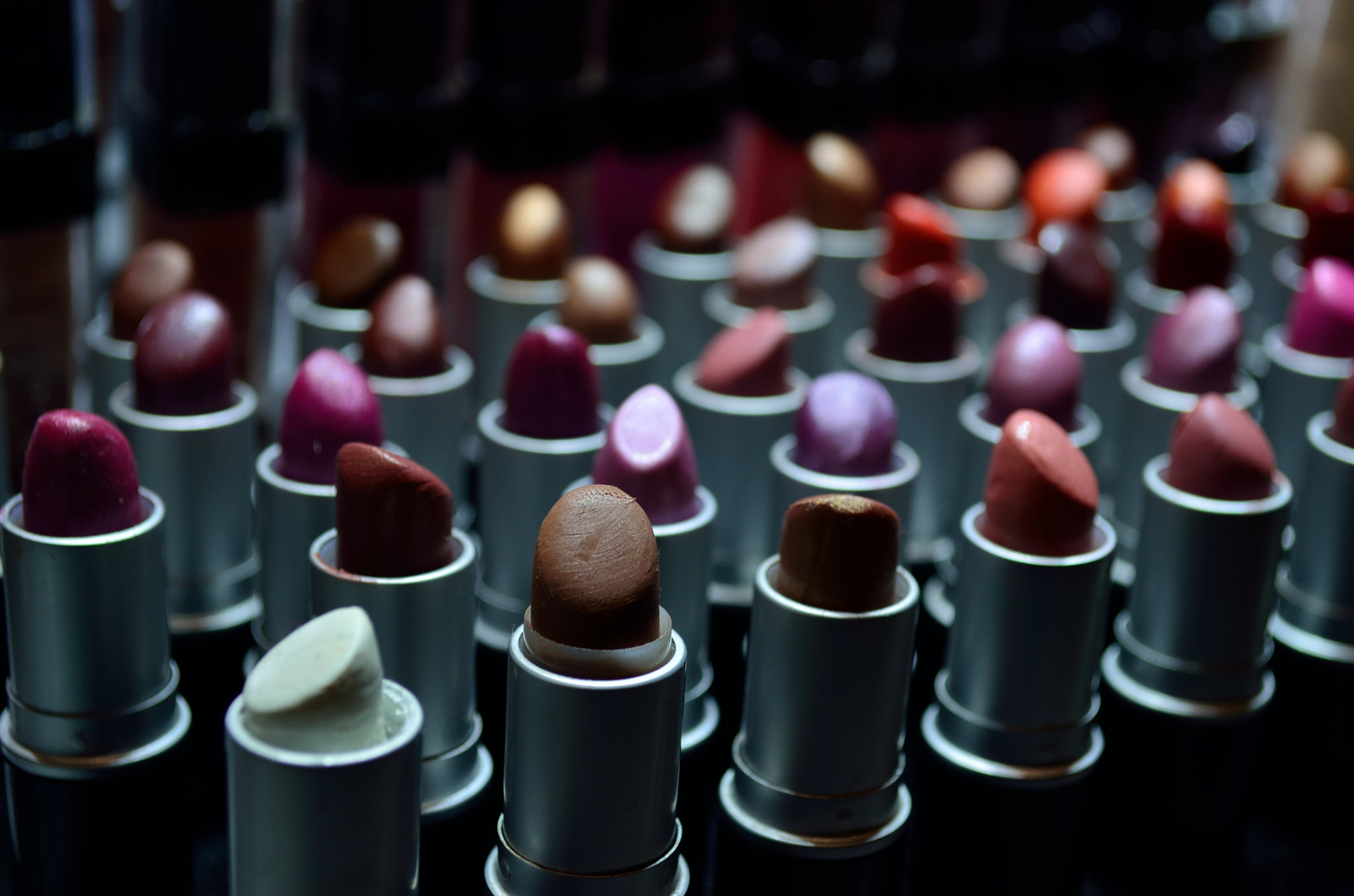Reading Time: About 3 minutes
With most of the business press focused on the $1 billion acquisition of Instagram yesterday, you might have missed the big news surrounding a 126 year-old social networking company that generated more than $10 billion in revenue last year. Avon Products announced a new CEO: Sherilyn S. McCoy, who was previously a senior executive at Johnson & Johnson. McCoy has a big job ahead of her. Avon has struggled with declining sales, unsolicited takeover offers, and decreasing consumer relevance. What can this dowager brand do to become strong again? I suggest that McCoy look sideways at three relevant brands who have focused on their promise to develop fierce customer loyalty.
You didn’t think I’d leave you hanging with just a simple reference to yesterday’s big announcement, did you? Avon can learn a lot from Instagram’s success. For starters, Instagram proves that the simplest of ideas can be developed into the biggest business opportunities. Instagram does one thing and it does it really well: it makes it dead simple to captures images wherever you are and make them look beautiful and easy to share with the world. In less than 2 years, more than 33 million people have downloaded and used Instagram. That’s astonishing, but not as astonishing as the way people talk about the brand. Instagram’s brand experience is so easy and fun that if you masked the brand name in recent interviews you might mistake its core users for Apple fanboys. In the age of mobile, the best way to connect with others, express yourself and participate in a broader conversation is increasingly with images, and everything Instagram does makes imaging effortless and enjoyable. It doesn’t try to do anything else and that’s why fans love it so much that many worry about Facebook’s post-acquisition intentions.
Before women had the right to vote, Avon was empowering them with a chance at financial independence. The secret to the brand’s success was the relationship between the product and the community it fostered. Real women sold Avon to their real friends and acquaintances. Women who purchased the product enjoyed the experience of meeting with their saleswoman and sampling the latest product introductions. In fact, the sampling experience was one of the early differentiators. Like Instagram, Avon made it easy, enjoyable and social to explore beauty products, and both the buyer and the seller relished the social interaction. How can Avon revive this experience the way that Instagram has revived the experience of sharing images?
It’s hard to read about social media these days without encountering stories of Pinterest, the digital service that lets users clip images and content from around the web and organize that content on pinboards that can be shared. Much discussion of Pinterest has revolved around its core user base: women. I believe Pinterest skews more female than male because it actually replaces a distinctly feminine social behavior that has existed in the analog world for decades. Where women once tore pages from magazines to keep track of styles, designs and fashions that interested them, now they have a digital solution. Pinterest’s anemic representation with men has less to do with the stigma of it being a brand for women than it does with the fact that scrapbooking and magazine clipping has historically skewed female. And in this behavioral characteristics lies an opportunity for Avon. How can the Avon brand make it easier for women to clip, share and organize skin care and beauty interests? Can a pinboard metaphor reinvent the direct selling model Avon once used to be the dominant brand in the category?
Dove
Finally, McCoy might spend some time studying Dove’s “ Campaign for Real Beauty.” In fact, the first time I saw one of the iconic advertisements that featured real women redefining the notion of “beauty” I thought it was an ad for Avon. It made perfect sense to me. Avon was the brand that every woman on our block related to when I was growing up. My mom exchanged holiday gifts with her Avon lady. Who better to know how to make you, personally, look your best and feel beautiful than a representative from a brand that takes the time to stop by and meet with you once or twice a month.
When Avon was at its best it democratized beauty. Sure, it was always a cosmetic brand and the Avon ladies left brochures behind with beautiful women wearing the latest cosmetics from Avon. However, Avon was incredibly accessible. Women believed the products were made for them by people who were like them. Looking at Avon’s advertising and product materials today, it’s hard to see that accessibility in action.
According to Dove, the purpose of the “Campaign for Real Beauty” was to make more women feel beautiful. Dove came across this cause after conducting research that showed only 2% of women worldwide described themselves as beautiful. Dove’s purpose was to raise that number. That’s a powerful cause and an inspiring message. It seems to me that Avon could develop a similar purpose in order to fight its way back. Avon should be the quintessential “accessible” brand. It began life as a company that promised to empower women and improve their self-esteem. Perhaps at a time when so many women’s brands glorify the image of only 5% of the female population, Avon can become more relevant by returning to this promise and embracing the digital lifestyle that can make it more potent. It should do so using the tools and technologies that are reshaping our conversations. That’s how it can truly deliver on the promise it heralds in its tagline of being “the company for women.”

